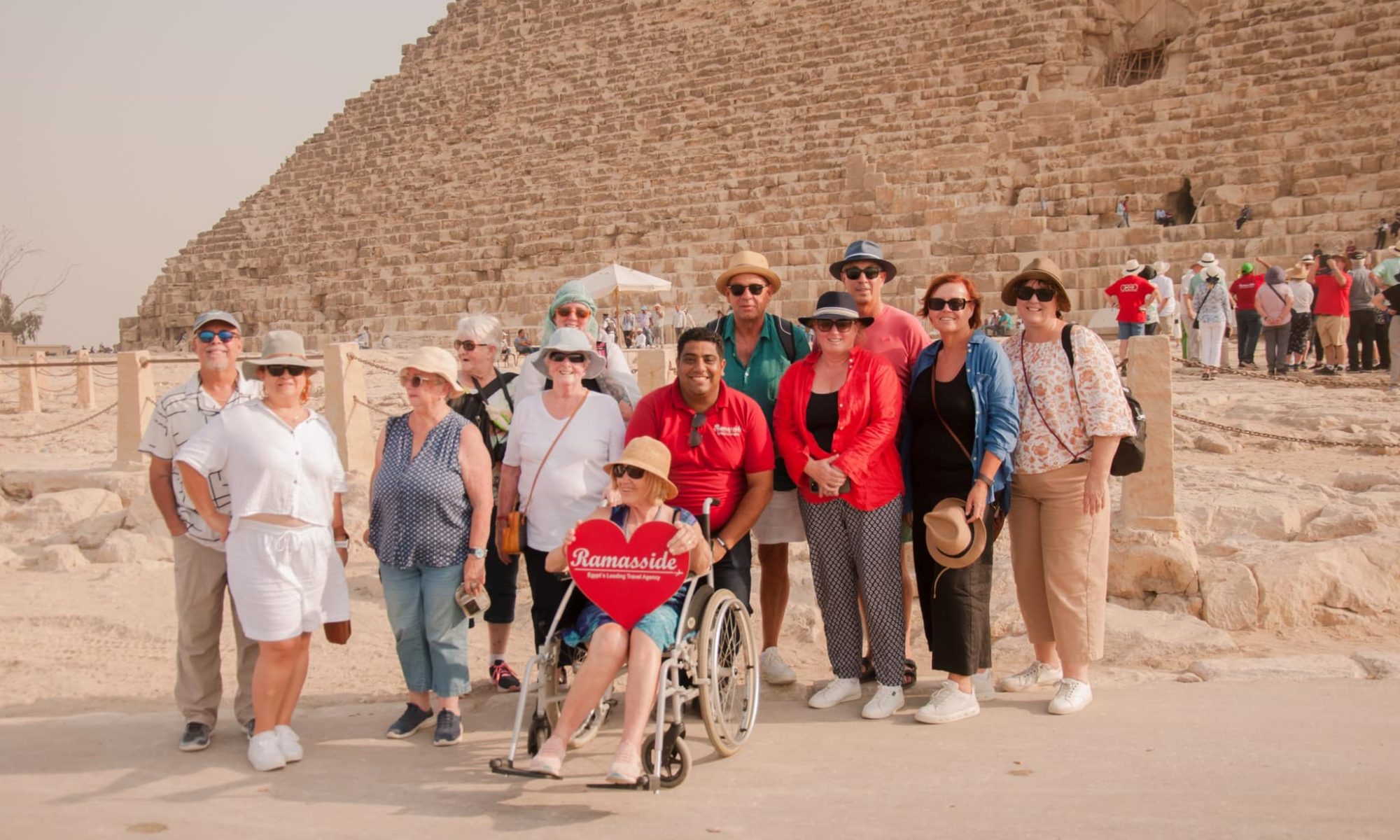
In the heart of the Nubian Desert, on the western bank of the Nile River in southern Egypt, stands one of the most iconic and monumental archaeological sites in the world: the Abu Simbel Temples. Built by the great Pharaoh Ramesses II, these twin temples are a stunning testament to the grandeur of ancient Egypt. In this blog post, we embark on a journey to explore the magnificent beauty, historical significance, and the incredible feat of engineering that is the Abu Simbel Temple complex.
1. Ramesses II: The Pharaoh of Legends
The Abu Simbel Temples are dedicated to the Egyptian Pharaoh Ramesses II, also known as Ramesses the Great. He ruled for 66 years during the 19th Dynasty (1279-1213 BC) and is celebrated for his military victories, monumental building projects, and the lasting legacy of the New Kingdom era.
2. Twin Temples: The Great and The Small
The Abu Simbel complex consists of two temples: the Great Temple of Ramesses II and the Small Temple of Queen Nefertari, his favorite wife. The Great Temple is the most famous and colossal, while the Small Temple, though smaller in scale, is no less impressive.
3. The Grand Facade
The Great Temple’s most striking feature is its grand facade, adorned with four colossal seated statues of Ramesses II. These towering statues, each measuring about 65 feet in height, are a testament to the pharaoh’s self-image as a divine ruler.
4. Interior Marvels
The interior of the Great Temple is a treasure trove of intricate carvings, reliefs, and inscriptions that narrate the pharaoh’s military campaigns and divine significance. The sanctuary within the temple houses statues of the gods, where the sun illuminates the gods’ faces twice a year during the biannual solar alignment.
5. Small Temple of Queen Nefertari
The Small Temple, dedicated to Queen Nefertari, is a tribute to the pharaoh’s beloved wife. The facade features statues of the queen alongside those of Ramesses II, showcasing her prominence. The interior is adorned with scenes depicting her divine association and the rituals of her cult.
6. The Relocation Marvel
The temples faced an imminent threat of submersion due to the construction of the Aswan High Dam in the 1960s. In a remarkable engineering feat, the entire complex was dismantled, moved, and reassembled on higher ground, preserving it for future generations.
7. Solar Alignment Phenomenon
One of the most extraordinary features of Abu Simbel is the phenomenon that occurs twice a year on February 22nd and October 22nd. During these dates, the sun’s rays penetrate the temple’s inner sanctum and illuminate the statues of the gods, including Amun-Ra, Ptah, and the deified pharaoh himself.

